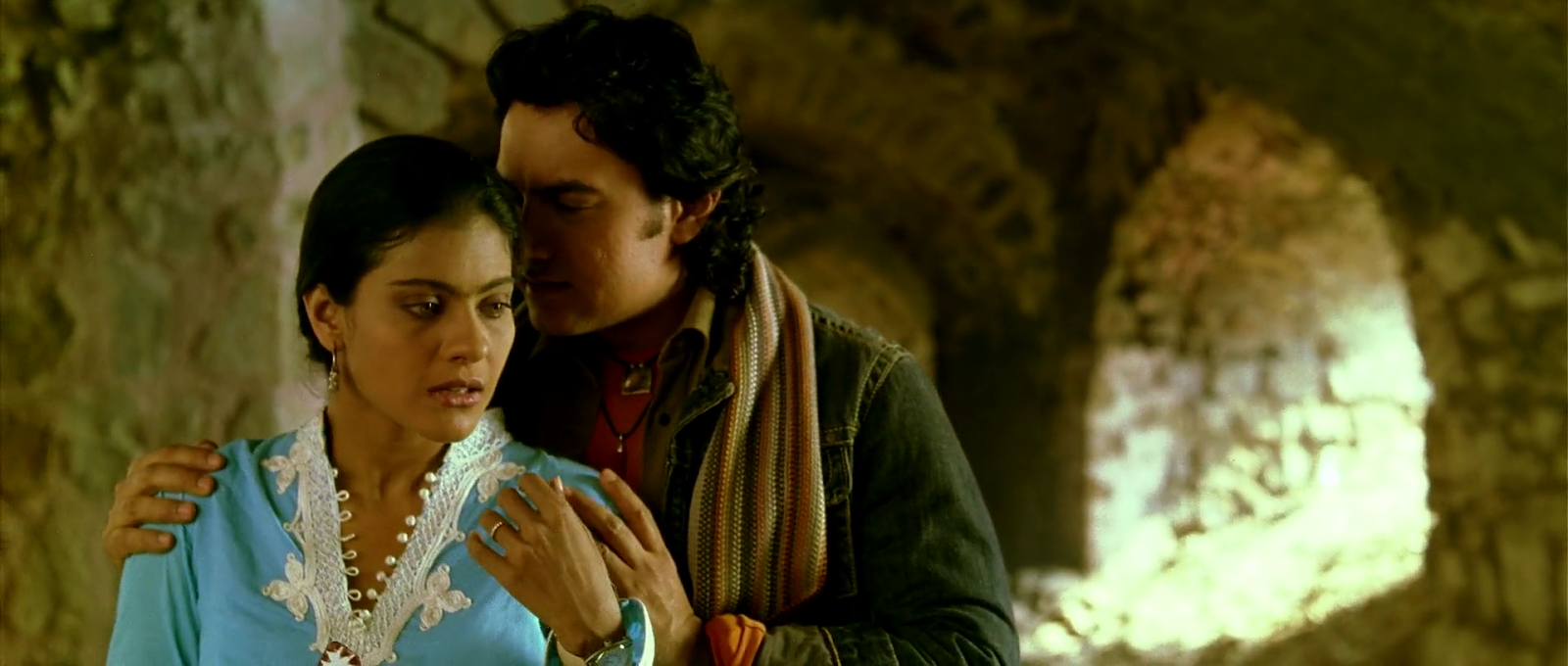

At least in Fanaa, the movie was set in Kashmir, so the gorgeous setting (if actually the Tatra Mountains, not Kashmir itself) was justified plot-wise. The hug brings me to my second point: the seemingly arbitrary censorship of sexuality in the films. Fanaa's pivotal love scene involves a lascivious (no other word will do) dance in the rain, followed by a scene where the hero and heroine kiss each other all over the neck and shoulders and then are seen lying in bed together. It's obvious what has happened, especially considering the fact that they essentially agree to no-strings-attached love in the scene before and they agree to marry in the scenes to come (not to mention the kid she has later on, but that's not the point). Aside from the very sexy dancing that occurs in Bollywood films, the costuming is quite sultry as well. Here's the kicker: kisses on the lips are not considered "decent" and so are almost banned from Indian cinema.įanaa's heroine is a blind Muslim girl and so is usually quite conservatively attired, but in other movies, skimpy attire is often the rule rather than the exception. So, writhing around in revealing little outfits is OK, but not even a brief liplock is allowed (of course, all this is changing)? Mmkay. Thirdly, in spite of the implicit (if flexible) ban on displays of consensual affection, the thwarted rape scene is a standard of Bollywood cinema. It goes something like this: a girl is nearly raped by the villain and is saved by some male hero bursting in. She usually falls in love with the man who saves her.


 0 kommentar(er)
0 kommentar(er)
